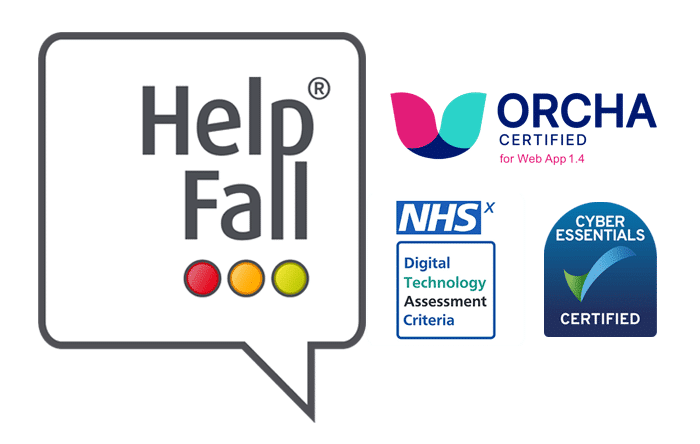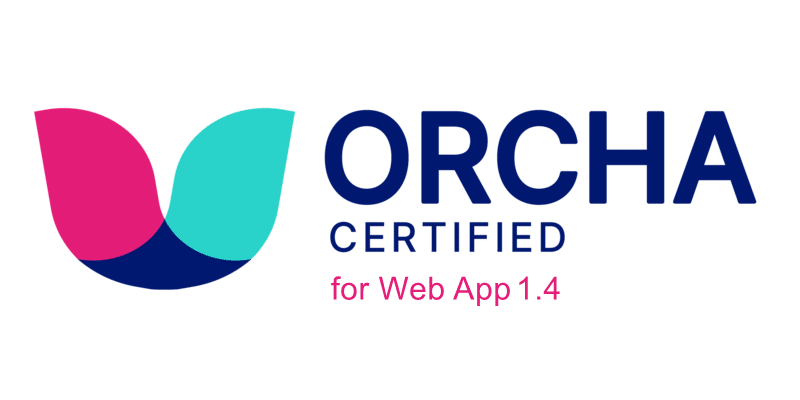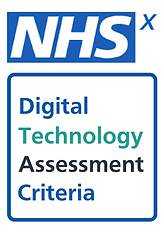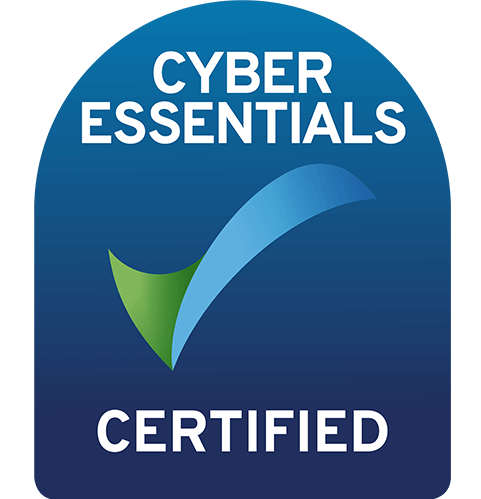What regulations does HelpFall comply with?
I think we can safely guarantee that if you’re considering using a post falls protocol, this is one of the very first questions you’re going to ask! As ever, we believe in giving you all the facts as they are.
You’ll probably already be aware that the HelpFall Post Falls Decision Support Tool is based with permission on South Western Ambulance Service’s Post Falls Guidance Pack for Care Providers, giving it a strong clinical foundation. But in this article, we want to set out for you specifically which standards and regulations HelpFall complies with and why it matters.

UK Medical Devices Regulations 2002
If a product falls within the UK Medical Device Regulations 2002 and is required to be registered with the MHRA, the product must have a valid registration. (Some products do fall within the UK Medical Devices Regulations 2002 but are not yet required to be registered with the MHRA.) However, under current MHRA guidelines, HelpFall is not classified as a medical device.
NICE guidelines
National Institute of Health & Care Excellence (NICE) guidelines make evidence-based recommendations on a wide range of topics to guide decisions in health, public health and social care. While there is no one set of NICE guidelines for post falls management, there are guidance topics relevant to HelpFall.
Perhaps the most important of these are the guidelines for a head injury, and we often get asked: does HelpFall comply with NICE guidelines on head injuries and anti-coagulants?
NICE guidelines state that adults who have sustained a head injury and are taking anti-coagulants should have a CT head scan within 8 hours (unless there are indicators of severe head injury requiring a CT head scan within 1 hour). Head injury is defined as ‘any trauma (external force) to the head other than superficial injuries to the face’.
HelpFall follows these guidelines to help you check for signs and symptoms of head injury and will direct you to call 999 for an ambulance where common red flags are apparent. For added assurance, if the person who has fallen has no signs of head injury but is taking anti-coagulants, HelpFall refers you to a community provider for follow-up and advice.
Remember, the purpose of HelpFall is to support you to decide whether a person who has fallen can be lifted safely, not whether an ambulance or emergency care is needed. So, there may be situations where it is safe to lift a person, and then contact NHS 111 or a community provider, such as Urgent Community Response Services, for follow-up and advice, who may refer a patient to hospital-based care for tests or treatment.
Association of Ambulance Chief Executives’ (AACE) Falls Response Governance Framework
The guidance given by NHS England in “Going further for winter: community falls response model” states that ICBs and ambulance services should adopt AACEs’ Falls Response Governance Framework as a minimum national standard as part of pathways. HelpFall’s traffic light system of major, minor and no injury/illness falls aligns with the Level 1, 2 and 3 response model set out in the framework.
Accreditations
From the outset of development, user research told us we needed to build assurance at every step. That’s what makes accreditations important to us – not fancy logos to add to the collection, but rather a symbol to give users confidence that we’re doing things right!
ORCHA certified

ORCHA – short for the Organisation for the Review of Care and Health Apps – assess whether digital health technologies meet standards and regulations in data & privacy, clinical & professional assurance and usability & accessibility. Being ORCHA certified has become a recognised mark of quality trusted by NHS England.
NHS DTAC ready

HelpFall is ahead of the curve by also being NHS DTAC (Digital Technology Assessment Criteria) ready. This means it meets a comprehensive set of NHS standards in clinical safety, data protection, technical security, interoperability, and usability and accessibility. These new national baseline criteria for digital health technologies are designed to be used by healthcare organisations to assess suppliers as part of a procurement or due diligence process.
What this means for…
Data protection
One of our biggest concerns when developing HelpFall was making sure we were permitted to collect and process personal health data in a way that a) gave the user a record of their assessment and b) could be anonymised, aggregated and analysed to pick out trends. That’s why being fully compliant with all data protection laws and regulations was non-negotiable.
For HelpFall, this meant things like appointing a Data Protection Officer, producing a Data Protection Impact Assessment and meeting NHS Data Security & Protection Toolkit standards. Technical jargon aside, the bottom line is HelpFall is GDPR-compliant! However, if you’ve got specific questions or concerns, don’t hesitate to reach out to discuss.
Clinical safety
Just as we have a DPO, we also have a CSO – or Clinical Safety Officer. We also have a Clinical Risk Management System, as well as a Clinical Safety Case Report and Hazard Log, in compliance with the DCB0129 standard. What these documents do is identify potential hazards to patient safety and consider how to mitigate them. Again, feel free to reach out directly to request these documents and discuss them in more detail.
Cyber security

We’re required to have Cyber Essentials certification, which is renewed annually.
Usability & Accessibility
As set out in our Accessibility Statement, HelpFall is international Web Content Accessibility Guidelines (WCAG) 2.1 level AA compliant.
Staying compliant
It goes without saying, but standards and regulations are constantly evolving, so from time to time, the HelpFall Post Falls Decision Support Tool may need to be updated to reflect this.
Related articles
Webinar Recording | How HelpFall is transforming post falls management in care homes: SNEE ICB story
How Do You Lift an Elderly Person Who Has Fallen? (With Or Without Equipment)
Where Do Falls Occur The Most?
Get in touch
Got a question or want to send us a message? Let’s talk.